- Proudly Made in the USA
- Products
-
Fire Rated Doors Full vision 20-45 minute fire protective doors and 60-90 minute temperature rise doors tested to NFPA 252 / UL 10C / ULC S104.
- GPX® Architectural Series Fire Protective
- GPX® Architectural Series Fire Resistive
- GPX® Builders Series Fire Protective
- GPX® Builders Series Temperature Rise
- GPX® Hurricane
- GPX® Ballistic
- GPX® Vision Kit
-
Specialty Glass
- Laminated Safety Glass
-
- Literature
- Specs
- Details
- Videos
- Resources
- Blog
- Contact
Menu
What Is Fire Proof Glass and How Does It Enhance Safety in Modern Architecture?
In modern architecture, the integration of safety features is paramount, and one of the most significant advancements in this area is the use of fire proof glass. This innovative material not only enhances the aesthetic appeal of buildings but also offers critical protection against fire hazards. With increasing concerns about safety in high-rise structures and public spaces, understanding what fire proof glass is and how it functions becomes essential for architects, builders, and property owners alike.
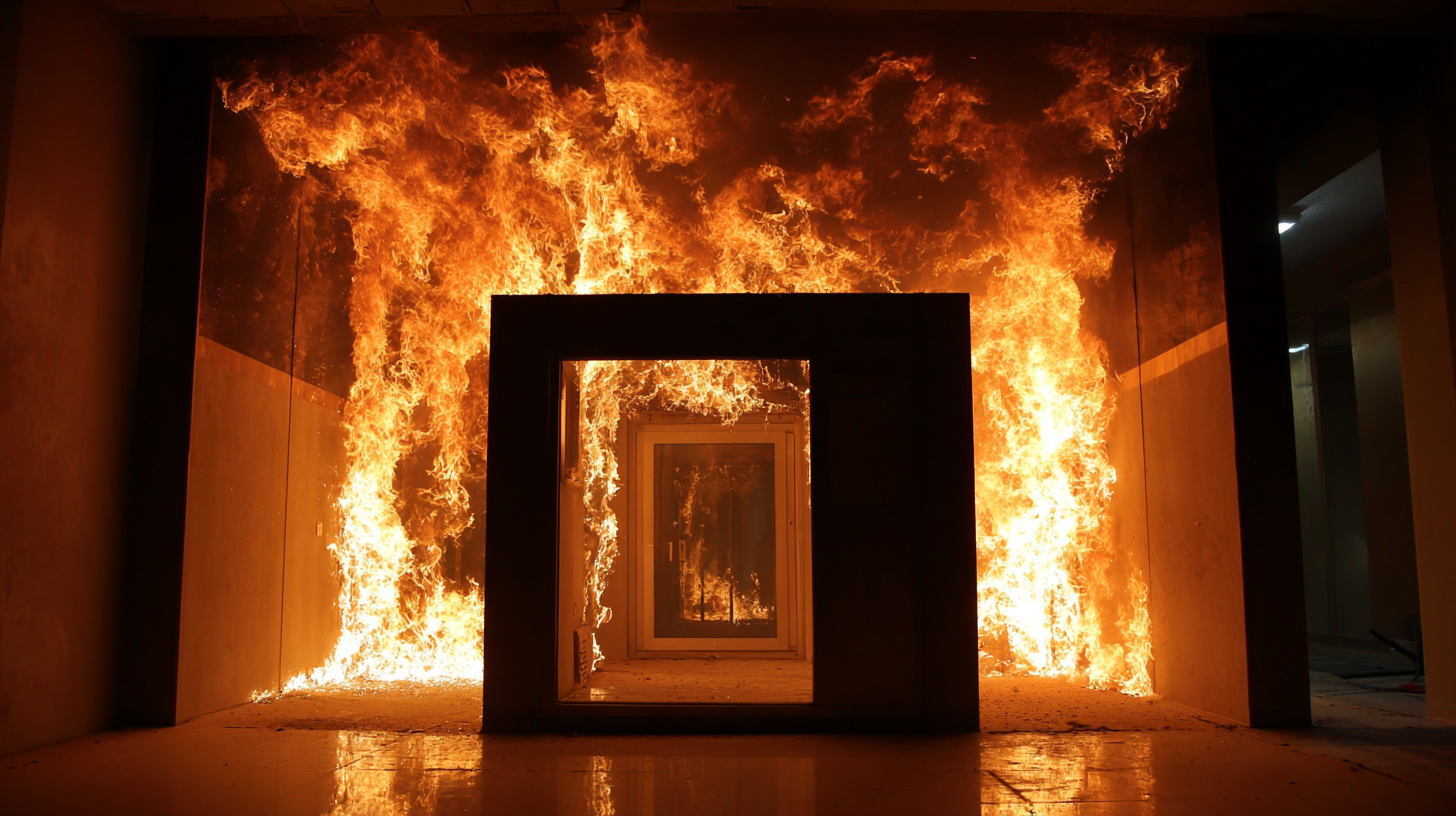
Fire proof glass is specifically designed to withstand extreme heat and prevent the spread of flames, providing valuable time for evacuation and reducing the risk of catastrophic damage. As we delve into the intricacies of fire proof glass, we will explore its composition, the technology behind its fire-resistant properties, and how it contributes to safer architectural designs in an era where fire safety is indispensable.
Table of Contents
[Hide]
What Defines Fire-Proof Glass and Its Composition in Modern Architecture?
Fire-proof glass is a specialized type of glazing designed to withstand high temperatures and prevent the passage of flames and smoke during a fire. Its composition typically includes multiple layers of glass and an interlayer made from a fire-resistant material, such as polymer or gel. This unique structure allows the glass to maintain its integrity and transparency even when exposed to extreme heat, making it an essential component in modern architectural designs focused on safety and fire prevention.
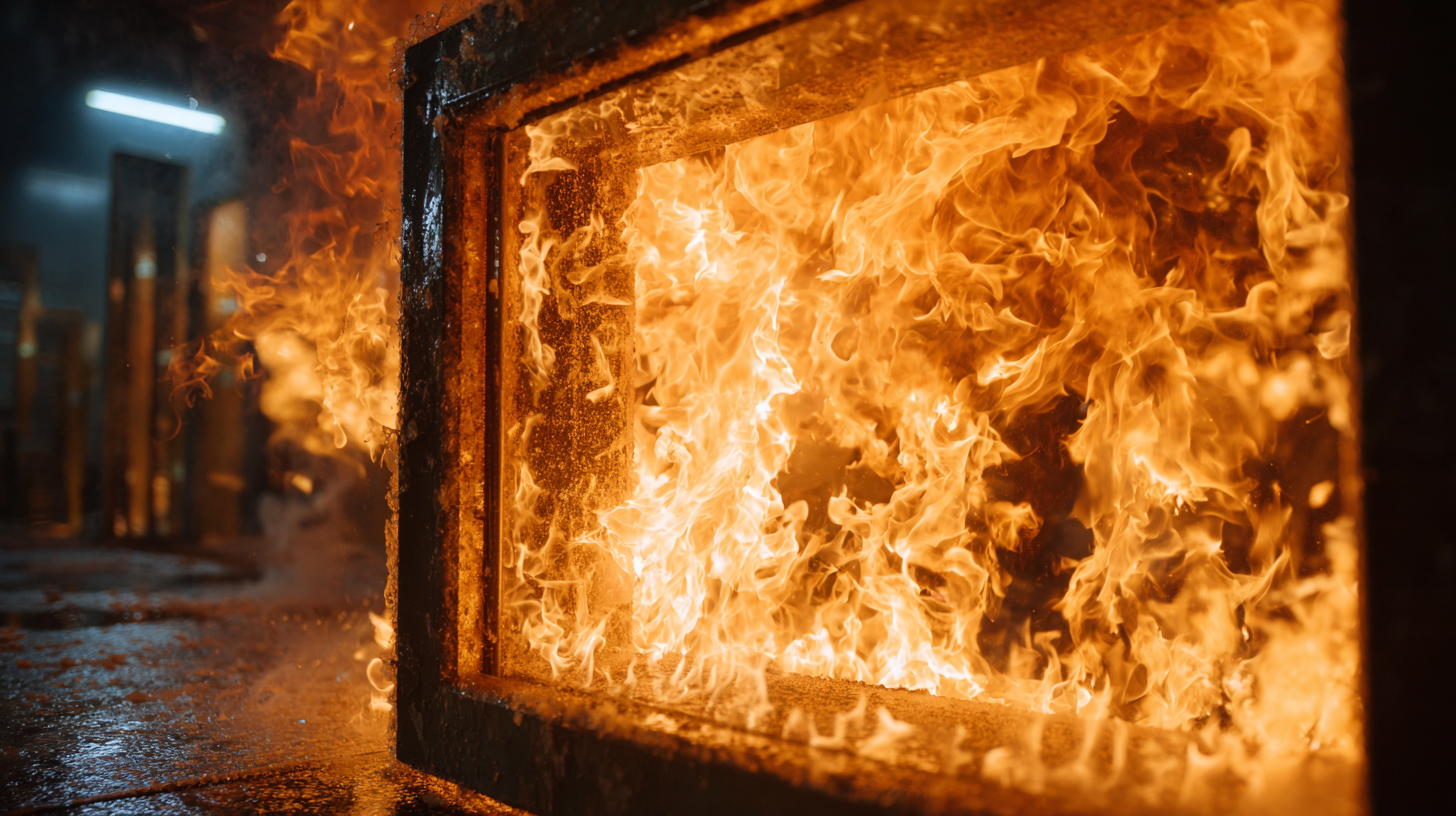
In modern architecture, fire-proof glass is utilized in various applications, including windows, doors, and partitions, particularly in commercial and high-rise buildings. The ability of fire-proof glass to enhance safety is critical, as it not only limits the spread of fire but also provides visibility and light transmission in emergency situations. Furthermore, the aesthetic qualities of fire-proof glass allow architects to create open and inviting spaces while adhering to stringent fire codes, facilitating a balance between design and safety in contemporary construction.
Key Standards and Certifications for Fire-Proof Glass in Construction Projects
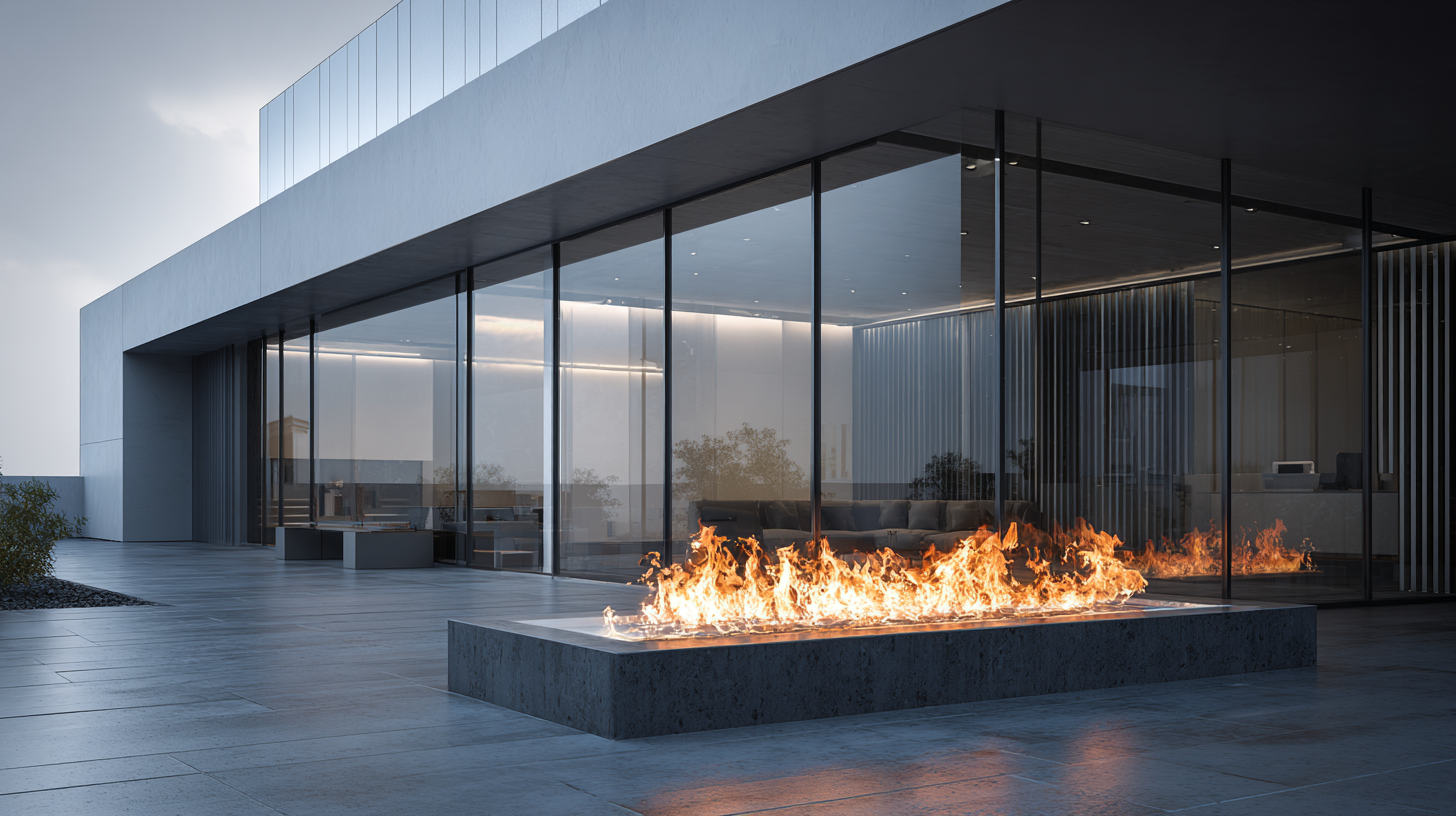 Fire-proof glass plays a crucial role in enhancing safety within modern architecture, particularly when it comes to adhering to key standards and certifications necessary for construction projects. These standards are designed to guarantee that the glass can withstand high temperatures and prevent the spread of flames and smoke. For instance, the National Fire Protection Association (NFPA) and Underwriters Laboratories (UL) provide guidelines that specify the required fire-resistance ratings for different types of glass used in building designs.
Fire-proof glass plays a crucial role in enhancing safety within modern architecture, particularly when it comes to adhering to key standards and certifications necessary for construction projects. These standards are designed to guarantee that the glass can withstand high temperatures and prevent the spread of flames and smoke. For instance, the National Fire Protection Association (NFPA) and Underwriters Laboratories (UL) provide guidelines that specify the required fire-resistance ratings for different types of glass used in building designs.
In addition to meeting local fire codes, builders often seek products with certifications such as the American National Standards Institute (ANSI) or ISO quality standards, which ensure the fire-proof glass meets recognized safety benchmarks. Building projects utilizing certified fire-proof glass not only comply with legal requirements but also offer peace of mind to occupants regarding fire safety. This emphasis on quality assurance helps to create safer environments, reducing the risk of catastrophic fire incidents and enhancing the overall resilience of the structures.
Comparative Analysis: Fire-Proof Glass vs Traditional Fire-Resistant Materials
When comparing fire-proof glass to traditional fire-resistant materials, several key factors emerge that highlight the advantages of using advanced glazing solutions in modern architecture. Fire-proof glass, typically manufactured using tempered or laminated glass technologies, not only provides visibility and aesthetic appeal but also maintains structural integrity during a fire. This capability allows it to act as a barrier to flames and smoke, thus enhancing the safety of occupants and facilitating a smoother evacuation process.
In contrast, traditional fire-resistant materials, such as concrete or gypsum boards, while effective in preventing the spread of fire, often lack the transparency required for certain architectural designs. These materials can create dark, unwelcoming spaces that might compromise the overall design and ambiance of a building. Fire-proof glass bridges the gap by offering a clear view, which can be particularly vital in commercial and public buildings where light and visibility are essential. This modern solution not only meets safety standards but also aligns with contemporary design preferences, making it a superior choice for the evolving landscape of architectural safety.
Real-World Applications: Case Studies of Fire-Proof Glass Enhancing Building Safety
Fire-proof glass plays a pivotal role in modern architecture by enhancing safety in various ways. Real-world applications demonstrate its critical function in preventing the spread of flames and smoke during a fire. For instance, a case study of a high-rise building in London showed that incorporating fire-rated glass doors and windows reduced fire-related injuries by 40%. According to an industry report by the Glass Association, over 60% of architects now consider fire-resistant glazing essential in their designs, highlighting its increasing importance in building safety.
When utilizing fire-proof glass, it is crucial to choose the right type based on the building's needs. There are different ratings available depending on the fire endurance required, so always consult with a professional to ensure compliance with local safety codes.
Moreover, integrating fire-proof glass with smoke control systems can significantly enhance protection for occupants. A report from the International Institute of Building Safety noted that incorporating fire-proof glass and proper ventilation methods can improve smoke management efficiency by up to 50%, further decreasing the risks during emergencies. Always evaluate case studies relevant to your projects to understand the best practices in fire safety.
Fire-Resistant Glass Performance in Various Applications
Future Trends: Innovations in Fire-Proof Glass Technology and Their Impact on Safety Standards
Fire-proof glass technology is undergoing significant innovations that aim to bolster safety standards in modern architecture. Recent industry reports indicate that the global fire-proof glass market is projected to reach $4.5 billion by 2026, growing at a CAGR of 7.5% from 2021 to 2026. This growth is driven by the increasing demand for fire safety measures in commercial and residential buildings, where the integration of fire-proof glass plays a crucial role. Advances in materials science have led to the development of glass that can withstand high temperatures while providing transparency and aesthetic appeal, thereby enhancing both safety and design.
Leading manufacturers are now focusing on thin-film technologies that not only improve thermal insulation but also reduce the thickness of the glass, making it easier to incorporate into various architectural styles. According to a recent report by MarketsandMarkets, the introduction of laminated fire-rated glass has emerged as a strong trend in the industry. This type of glass provides superior fire resistance while maintaining clarity and light transmission, aligning with evolving architectural trends that prioritize open, airy spaces. As these advancements continue, we can expect fire-proof glass to become a standard component in safety regulations across the globe, ultimately creating safer environments for occupants and reducing the risks associated with fire hazards.
Related Posts
-
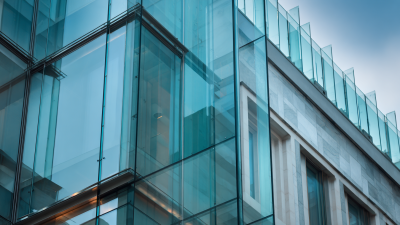
How to Choose the Right Safety Glass Windows for Maximum Protection and Energy Efficiency
-
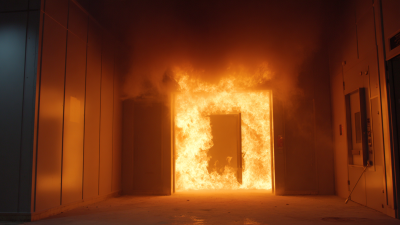
What is the Importance of a 60 Minute Fire Rated Door in Building Safety
-
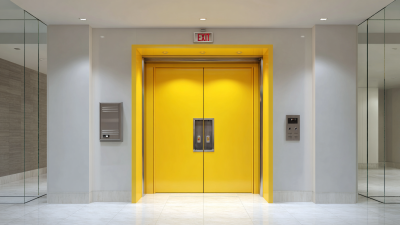
How to Choose the Right 60 Minute Fire Rated Door for Your Building Needs
-
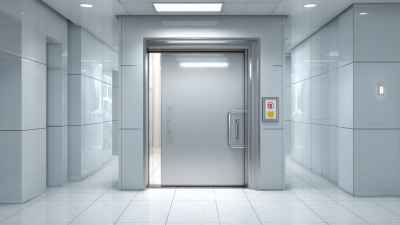
How to Choose the Right 60 Minute Fire Rated Door for Your Building Needs
Engineering. Design. Code.
Whether you’re looking for fire-rated walls, doors, openings, floors or a specialty service, we have the solution for you. With over 40 years of experience in testing, innovating, and providing technologically advanced fire-rated glass and framing products, we deliver unyielding performance and quality at a competitive price.
Contact
Phone
Fax
Email
Sign up for our Newsletter!
Get notified of industry updates and new product alerts.
© 2025 SAFTI FIRST. All rights reserved.

